Last Updated
Drastic Measures May Be Taken As Current Protocols Appear To Be Failing
Experts from the Sargassum Monitoring Network are proposing a massive new project in Cancun and Quintana Roo’s quest to beat the sargassum seaweed problem. The project could see a gargantuan oceanic barrier placed at sea.
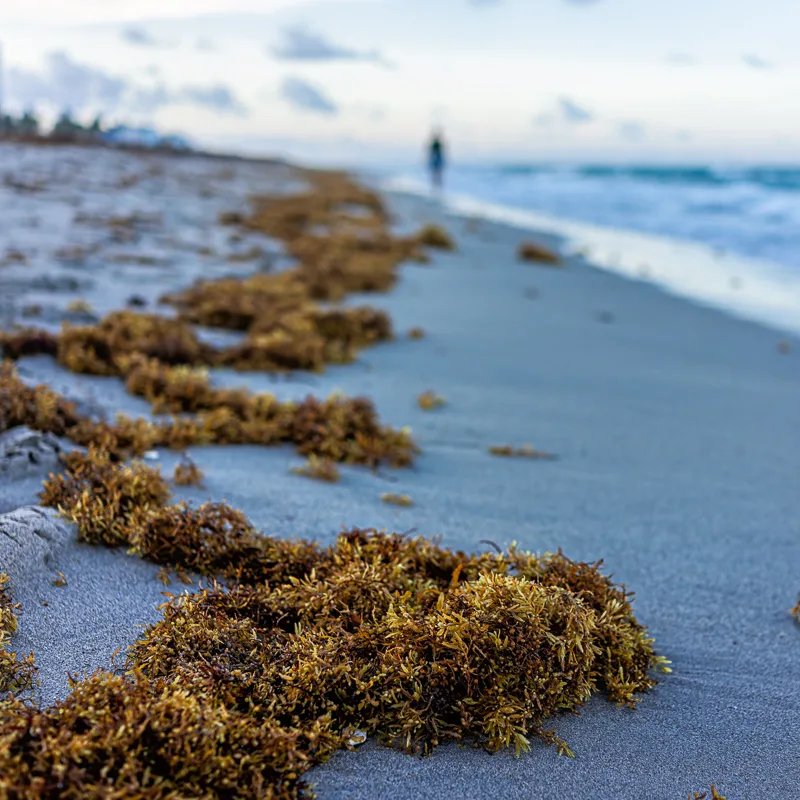
The project, nicknamed Project 60/60, proposes that a 60km long barrier be placed at the southern tip of Cozumel to help direct the flows of sargassum be directed towards Boca Paila, a beach area further south of the main tourist spots in Quintana Roo. The name stems from the length it will cover and will have a 60-degree angle built in to maximize its catchment.
Most barriers currently being used are only 20cm high, severely hampering the amount of sargassum it can block. The proposed 60/60 barrier will be closer to a meter and a half, making it far more robust and effective at directing the seaweed.
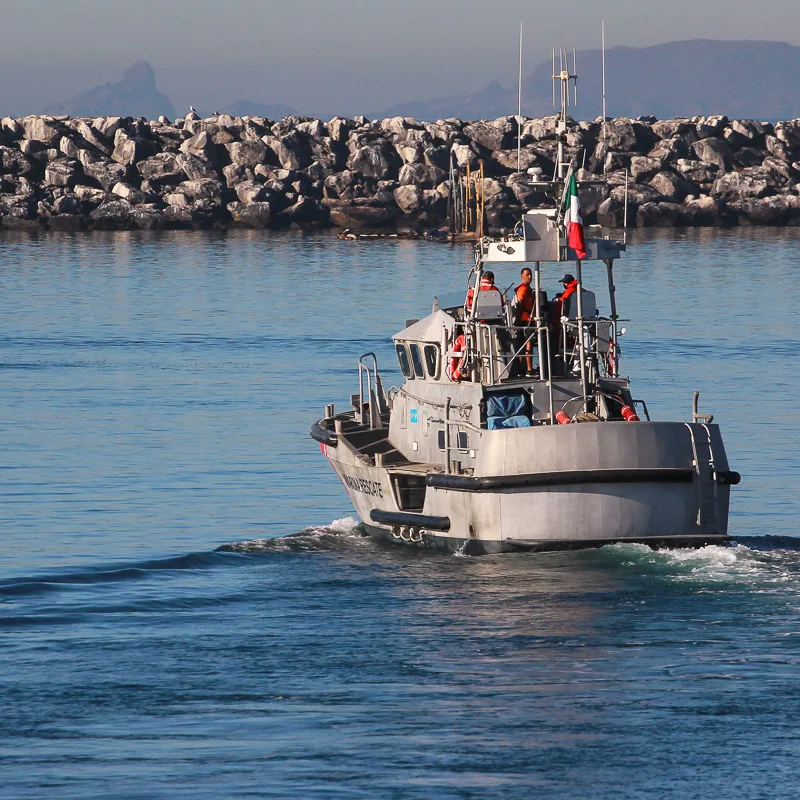
Currently, the seaweed floats upwards from South America, mainly Brazil, where strong Atlantic currents drive through the funnel of the Cozumel channel. It is at this point that the sargassum can be forced towards the Mexican Caribbean coast, covering its beaches in as much as a meter of the unsightly seaweed.
The state currently uses several methods to lessen the effects of sargassum, but the increasing volume is rendering many of the efforts futile, and hotels are left scrambling to clear their portion of the beaches every morning.
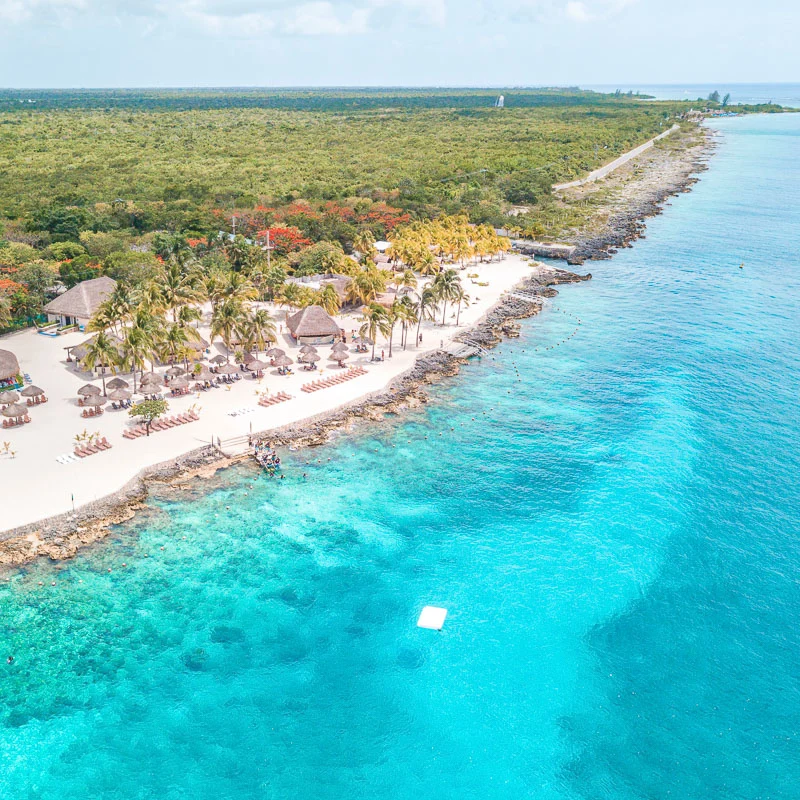
Most notable is the presence of the Navy. Just weeks ago, twenty-six naval ships were commissioned with the goal of collecting, blocking, and building barriers for the sargassum. Unfortunately, poor weather hampered many of the efforts and the barriers that were supposed to have been installed by the end of April are still being placed in some of the state’s most popular tourist spots.
Out at sea, two of the vessels are sargasso ships specially designed for sargassum collection. However much these two vessels pull in, the amount of coast to cover makes it impossible to make a significant impact. According to statistics, the navy only collected 1% of all the seaweed that passes through the Mexican Caribbean – an almost negligible amount for those dealing with the problem on the beach.
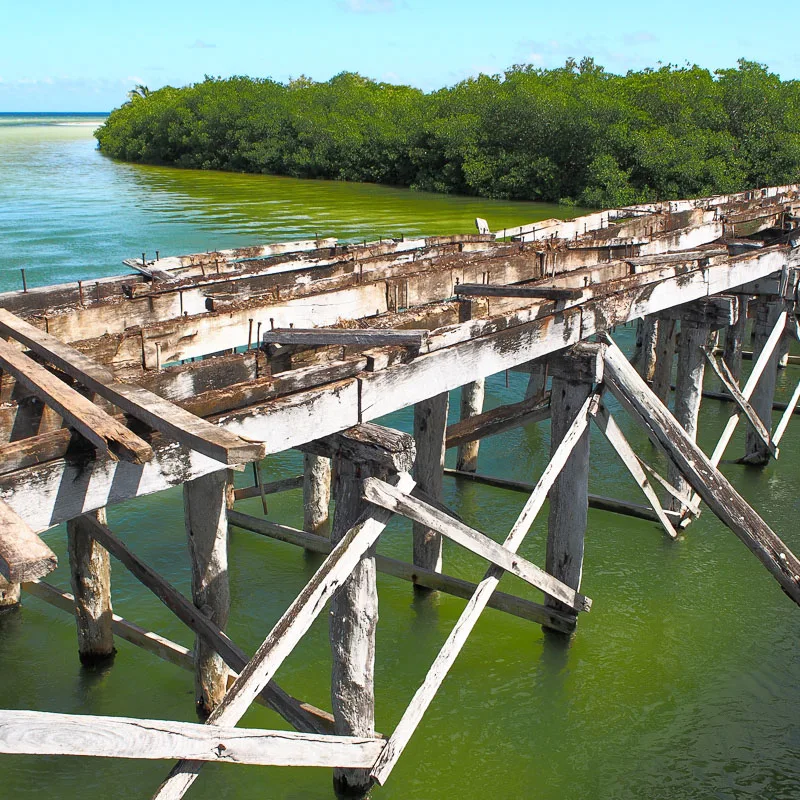
These ships can only take a maximum of twenty tonnes of sargassum at any one time. More than thirty thousand tonnes are anticipated to reach the Mexican Caribbean in the coming weeks, highlighting the impossible task at hand.
On the shore, hotels, restaurants, state officials, and local volunteers are working from the early hours of the morning to clear the beaches. Many businesses have taken on extra employees with the sole purpose of beach clearing. Many of the hotels have reported significantly lessened profit margins partially caused by the heavy investment in sargassum-related problems. This affects tourists in the form of rising room rates, an indirect consequence many may not have considered.
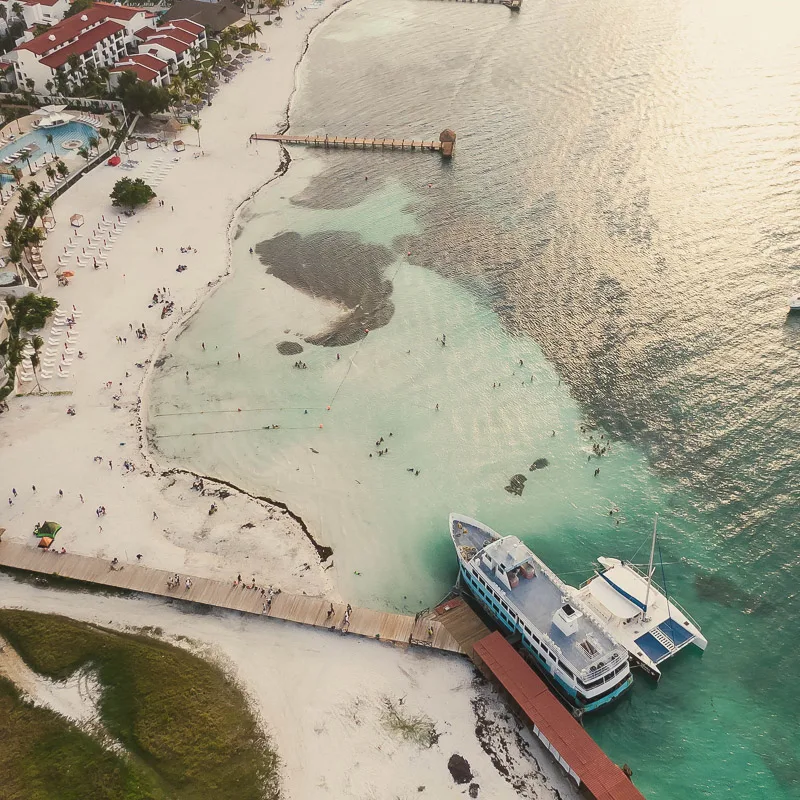
Whether the proposed barrier goes through is unclear for now, but if successfully implemented, it may be one of the most significant developments in the Mexican Caribbean in years. The sargassum problem isn’t going anywhere and is only expected to worsen as global sea temperatures continue to rise.
The sargassum itself is a type of macroalgae that forms miles out to sea. Thriving in warm water, it reproduces quickly and forms massive tangles that have been recorded as 5km long. These island-like knots of seaweed are funneled North on currents from South America where the Cozumel channel forces it inland towards the coast.
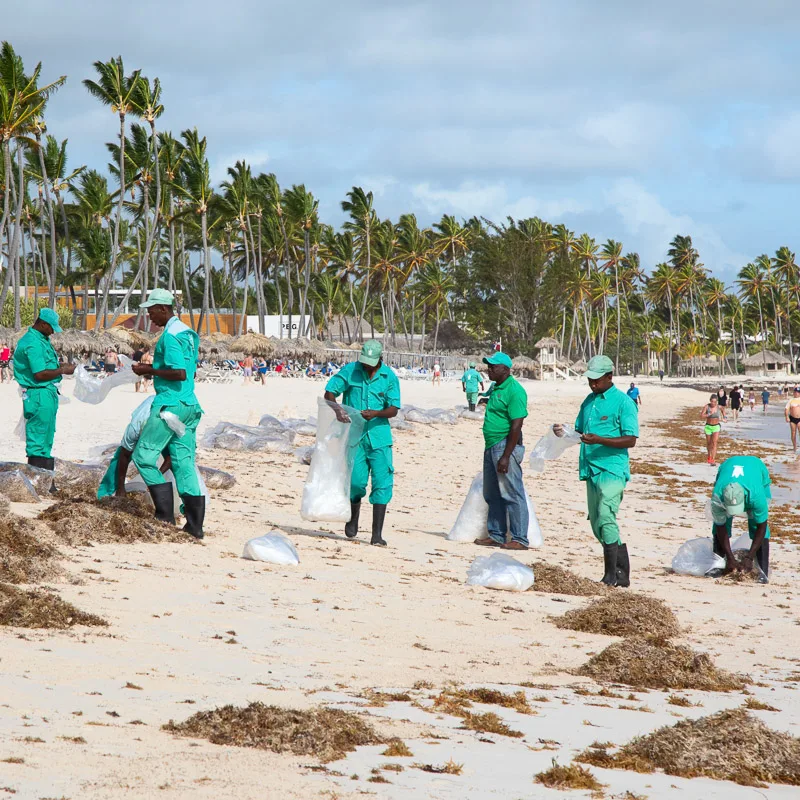
At sea, it causes few problems and is an extremely beneficial ecosystem for many sea creatures and deposits valuable nutrients in the ocean. Once it reaches the land, however, it ruins the idyllic image of the Mexican Caribbean, covering its typically pristine beaches in piles of unsightly brown seaweed.
Worse for tourists is the smell it produces. As soon as it leaves the water, the sargassum begins to rot, emitting a sulfur-like smell that drives beachgoers far from the sand. Many tourists actively avoid the region during sargassum season, and those who do arrive often find the main attraction of the region spoiled for them and don’t return.
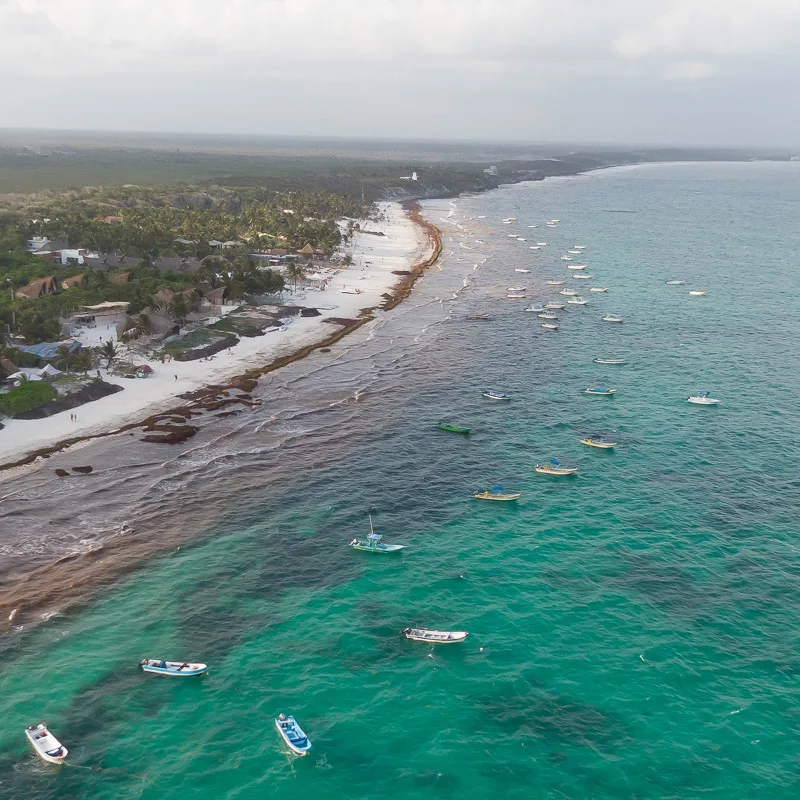
The sargassum represents a problem for the region in so many ways. Hotels are now offering daily updates on the sargassum levels for their guests. Visitors are strongly advised to check in with their accommodation before arrival to help plan around the issue.
Plan Your Next Cancun Vacation:
Traveler Alert: Don’t Forget Travel Insurance For Your Next Trip!
Choose From Thousands of Cancun and Riviera Maya Hotels, Resorts and Hostels with Free Cancellation On Most Properties
↓ Join the community ↓
The Cancun Sun Community FB group has all the latest travel news, conversations and tourism Q&A’s for the Mexican Caribbean

Subscribe to our Latest Posts
Enter your email address to subscribe to The Cancun Sun’s latest breaking news affecting travelers, straight to your inbox.

WD
Friday 13th of May 2022
So the areas that the sargassum is diverted to will now have double the normal levels of the seaweed??